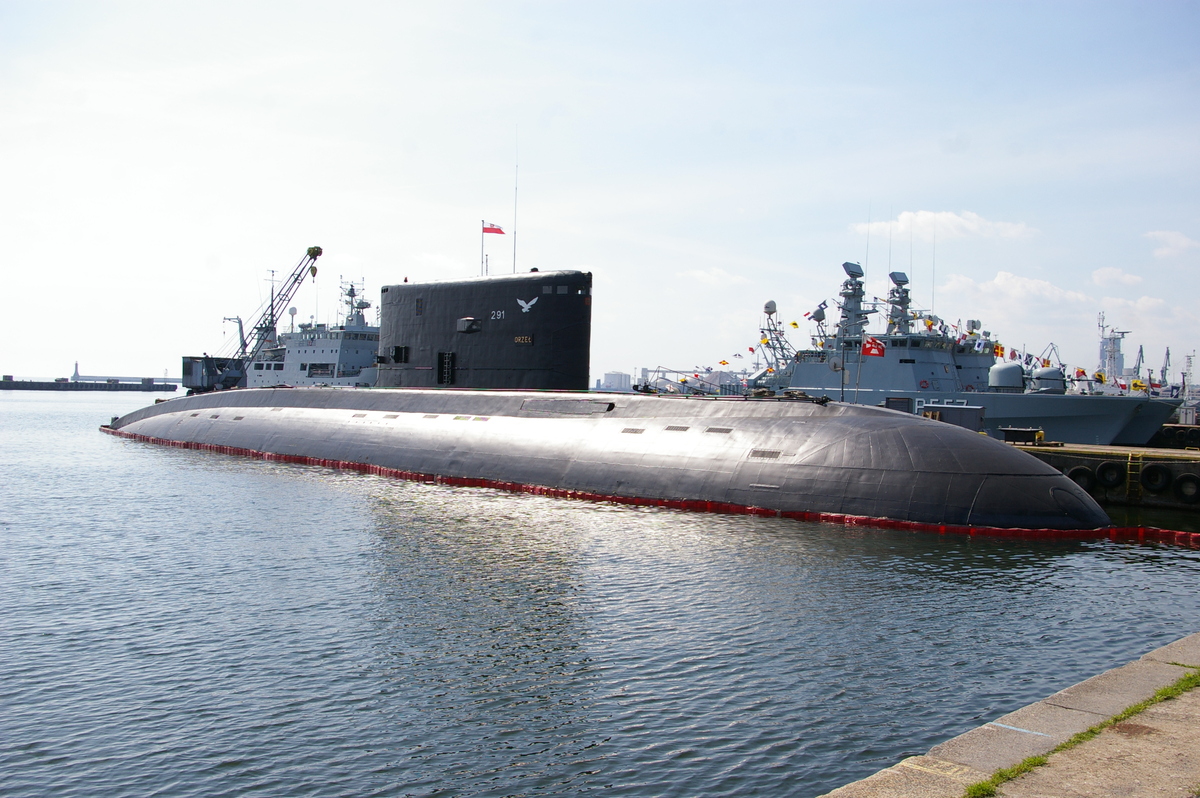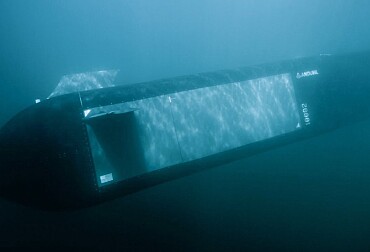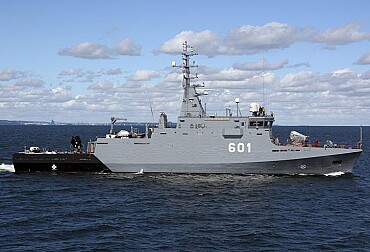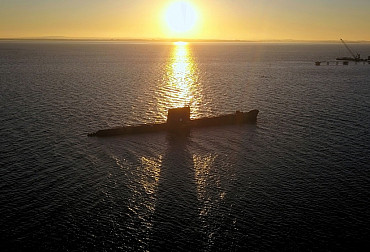Poland moves to modernize its submarine fleet, aims to select a supplier by year’s end
The Polish Ministry of Defense has made progress in the tender for suppliers of new submarines. Currently, six companies from Spain, Germany, and South Korea have the best chance of winning the contract. After the decommissioning of obsolete vessels in 2021, the Polish Navy will have only one submarine left, and Donald Tusk's government wants to select a manufacturer for a total of three new vessels by the end of the year. These should be incorporated into the fleet by 2038.

The Polish Orka submarine program, aimed at modernizing the fleet, has been operating intermittently for over ten years and has faced a number of problems, mainly related to the purchase price and political disagreements. When the last Norwegian Kobben-class submarines were decommissioned four years ago, the Polish Navy relied on only one submarine – the Soviet ORP Orzeł (Eagle), commissioned in 1986 and, according to experts, suitable only for training purposes. The Orzeł was therefore refurbished after the Russian invasion of Ukraine, and the Polish government set the end of 2025 as the deadline for selecting the country and company that would become the strategic maritime partner of our northern neighbors. Officials from the Polish Ministry of Defense have already sent out requests for specific submarine proposals and have also visited the relevant countries in person.
Niezmiennie robi wrażenie! 🦅 ⚓️
— Marynarka Wojenna RP/ Polish Navy (@MarWojRP) March 9, 2025
Jeśli tak jak my czekasz na Okręty Podwodne Nowego Typu w ramach pr. #Orka to polub i podaj dalej ten post 👌
Ze wszystkich RT (warunek to obserwowanie naszego profilu) wylosujemy 3 osoby, którym przekażemy unikalne upominki 🎁
🎥 M. Zimnoch pic.twitter.com/nIYfq3RO61
The French Naval Group, German ThyssenKrupp Marine Systems, South Korean Hanwha Ocean, Swedish Saab Kockums, Spanish Navantia, and Italian Fincantieri are bidding for the contract. Observers point out that at a time of increasing provocations by Russia, including towards its NATO partners, and the growing importance of the Baltic Sea, this is more than just a contract, but rather a declaration of industrial agreement between both sides and a long-term maritime doctrine.
France is proposing its improved Scorpène-class submarine, designated Evolved. This configuration is adapted for long-range strikes, thanks in part to the integration of vertical launchers and guided subsonic missiles with Missile de Croisière Naval (MdCN) jet engines. Their effective range when launched from a submarine is up to 1,000 kilometers, and they are capable of carrying 250 kilograms of payload. This would give the Polish Navy the ability to attack far beyond the borders of the Baltic Sea. The French side has already signed an industrial cooperation agreement with Polska Grupa Zbrojeniowa and PGZ Stocznia Wojenna with the aim of integrating Polish shipyards into the modular construction process.
Germany and Thyssenkrupp Marine Systems are promoting their 212CD, developed jointly with Norway since 2021. According to experts, it features the most advanced autonomous propulsion system (AIP) capable of operating underwater for longer periods without the need for atmospheric air. At the same time, it offers full compatibility with NATO combat systems and an extremely low acoustic signature. The Germans have not yet signed a similar agreement with Poland as the French have.
In the case of South Korea, on the other hand, it would be a continuation of an already functioning defense partnership. Three years ago, Warsaw made a large purchase of K2 Black Panther tanks, K9 Thunder howitzers, and FA-50 fighter jets from Seoul. An agreement was also concluded on technology sharing and the production of joint Polish-Korean military equipment of the new generation. In this competition, the Koreans have taken a bold stance and are offering the largest and most attack-oriented submarine of the Dosan Ahn Chang-ho class, also known as KSS-III. In addition to its size, this product from the Hanwha Ocean and Hyundai Heavy Industries consortium features ten vertical launch systems for cruise missiles and improved lithium batteries for longer underwater voyages. South Korea is the only country to have mentioned the price – it estimates that it would cost $100 million, or over CZK 2 billion, to build the necessary maintenance infrastructure and assembly lines in Poland.
Swedish Saab offers its Blekinge-class submarines, also known as A26, which are specially designed for the cold seas of northern Europe. According to experts, they are better than their competitors at navigating in the shallow, low-temperature waters typical of the Baltic Sea. It excels with a special stealth mode called Ghost mode, during which it is capable of extremely low acoustic, thermal, and magnetic signatures, making it the ideal submarine for inconspicuous operation along the coast. Saab has already signed a memorandum with Poland's PGZ and WB Group, but it is more focused on cooperation in the field of advanced technologies and unmanned systems.
The Spanish are betting on technological differentiation, and Navantia is sending its Isaac Peral class, also known as S-80+, into battle. This submarine has been in service since 2024 and offers a unique patented AIP system with bioethanol reformer technology capable of converting bioethanol into energy, thus extending the possible time spent underwater without the need to surface and recharge batteries during long observation missions. Navantia is already in talks with PGZ regarding possible service infrastructure and has proclaimed its willingness to establish such a center directly in Poland, but no specific memorandum has been signed yet.
Italy's Fincantieri wants Poland as a co-export partner, not just as an end user. It is therefore offering its U212 NFS (Near Future Submarine), based on the previous 212 project with the German Navy, with improved automation and greater independence in the integration of combat systems. The Italians have already signed a memorandum of understanding with PGZ, emphasizing Poland's potential role as a co-producer for other export markets. Fincantieri is thus giving Warsaw the opportunity to play a key role in the project as an industrial pillar, but does not specify any concrete sums.
"We have a lot to choose from. Given the scale of investment in our security, this decision will be made between governments," Polish Prime Minister Donald Tusk emphasized in September, highlighting the importance of concluding the contract at the government level and the strategic nature of the entire move. The decision should be clear by the end of the year, and the submarines should then be put into service with the Polish Navy in 2030 at the earliest and 2038 at the latest.








